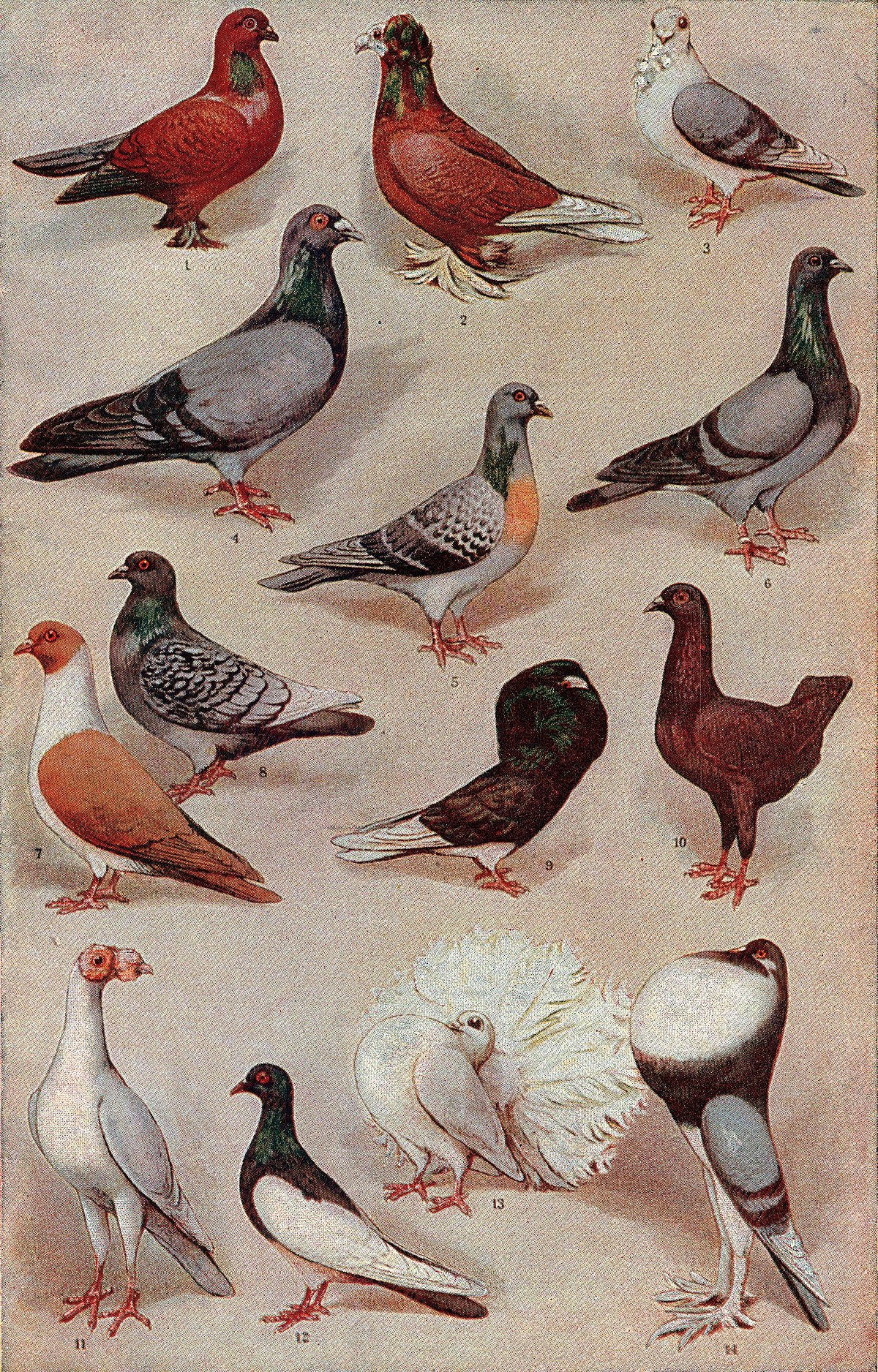 Pigeons, found worldwide, are one of the most diverse bird species, with numerous varieties grouped into distinct categories based on their physical traits, utility, and lineage. While often associated with urban life, pigeons boast remarkable diversity and historical significance. Here are the seven primary categories of pigeons:
Pigeons, found worldwide, are one of the most diverse bird species, with numerous varieties grouped into distinct categories based on their physical traits, utility, and lineage. While often associated with urban life, pigeons boast remarkable diversity and historical significance. Here are the seven primary categories of pigeons:
1. Utility Pigeons
Utility pigeons are bred primarily for practical purposes, such as meat production (squab) or research. They are larger and have faster growth rates than other types. Examples include:
- King Pigeon: A heavy bird bred for meat.
- Swiss Mondain: Known for its stocky build.
Utility pigeons are mainly raised on farms or in controlled environments and are not typically seen in the wild.
2. Fancy Pigeons
These pigeons are bred for show purposes and are known for their striking and unusual physical features. Fancy pigeons often participate in exhibitions and competitions. Examples include:
- Frillback: Recognized for its curled feathers.
- Fantail: Known for its wide, fan-like tail feathers.
Their appearance and lineage are meticulously maintained by breeders.
3. Racing Pigeons
Racing pigeons are trained for long-distance flights and competitive races. These birds are prized for their incredible homing ability, speed, and endurance.
- Homing Pigeon: Used in racing and messaging historically.
- Belgian Racing Homer: A top choice for pigeon racing.
Racing pigeons have been used in important historical contexts, such as wartime messaging.
4. Tumblers and Rollers
This category is named for pigeons’ unique aerial acrobatics, such as tumbling or rolling in mid-air. These behaviors are both entertaining and fascinating. Examples include:
- Birmingham Roller: Known for its backward somersaults.
- Oriental Roller: Exhibits a variety of aerial stunts.
These traits are naturally occurring but enhanced through selective breeding.
5. Fancy Doves (Dovecote Pigeons)
Often smaller and more ornamental, these pigeons are kept in dovecotes or as pets. They are known for their gentle demeanor and symbolic uses, such

Leave a Reply
You must be logged in to post a comment.